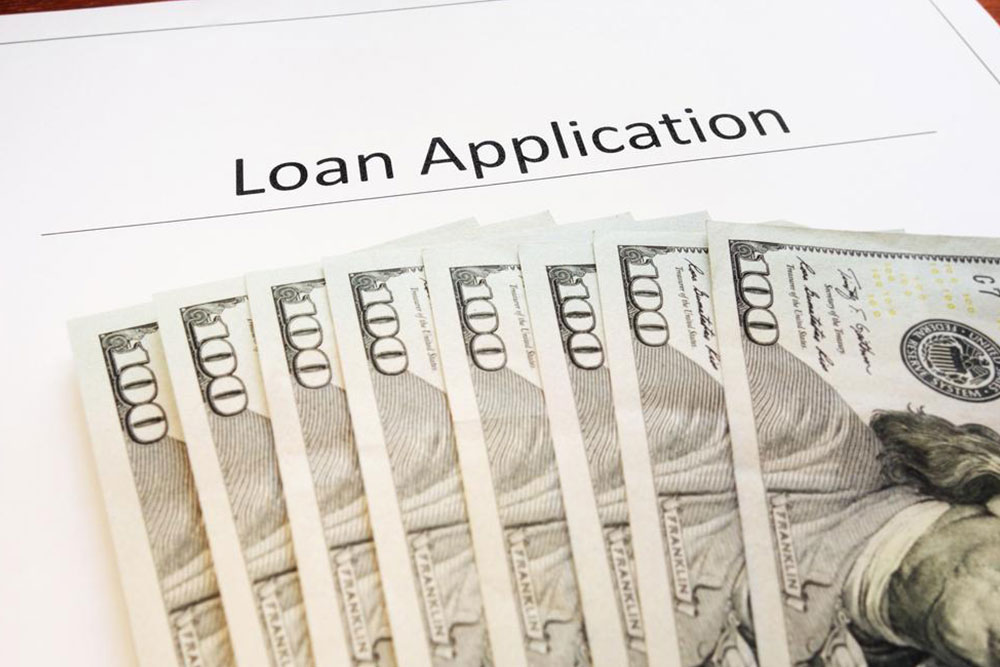Common Questions About Direct Lending Providers
This article provides essential answers about direct lenders, explaining how they operate, who they serve, and why they are becoming a popular alternative for middle-market companies. It guides readers on how to identify genuine direct lenders and highlights the rising significance of direct lending in the financial industry, especially post-2008. With insights into market trends and practical tips, this piece aims to help businesses understand their financing options better.

Common Questions About Direct Lending Providers
A direct lender offering payday loans is an entity or individual that operates independently of traditional banks, handling every aspect of the loan process internally. This includes processing applications, disbursing approved funds, managing loan approvals, and ensuring repayment. Conversely, an indirect payday lender collects your information and forwards it to multiple lenders for approval or connects you with third-party lenders to finance your loan.
Who typically borrows from these lenders?
Small and medium-sized businesses often turn to direct lenders due to limited financing options. These lenders may charge higher interest rates, often 2% more than what banks offer, reflecting the increased risk and urgency.
How can you identify a direct lender?
Check the lender's website carefully, especially the footer. If it states that a third party or intermediary will handle funding or that your application might be referred to another lender, it's likely not a direct lender.
Why is direct lending a viable alternative?
As banks have reduced their lending post-2008 financial crisis, direct lenders have stepped in, raising significant capital—over $13.3 billion in early 2017 alone. They are increasingly engaging in larger deals, targeting bigger firms and offering more flexible terms, making them an attractive option for medium-sized companies seeking funding.










